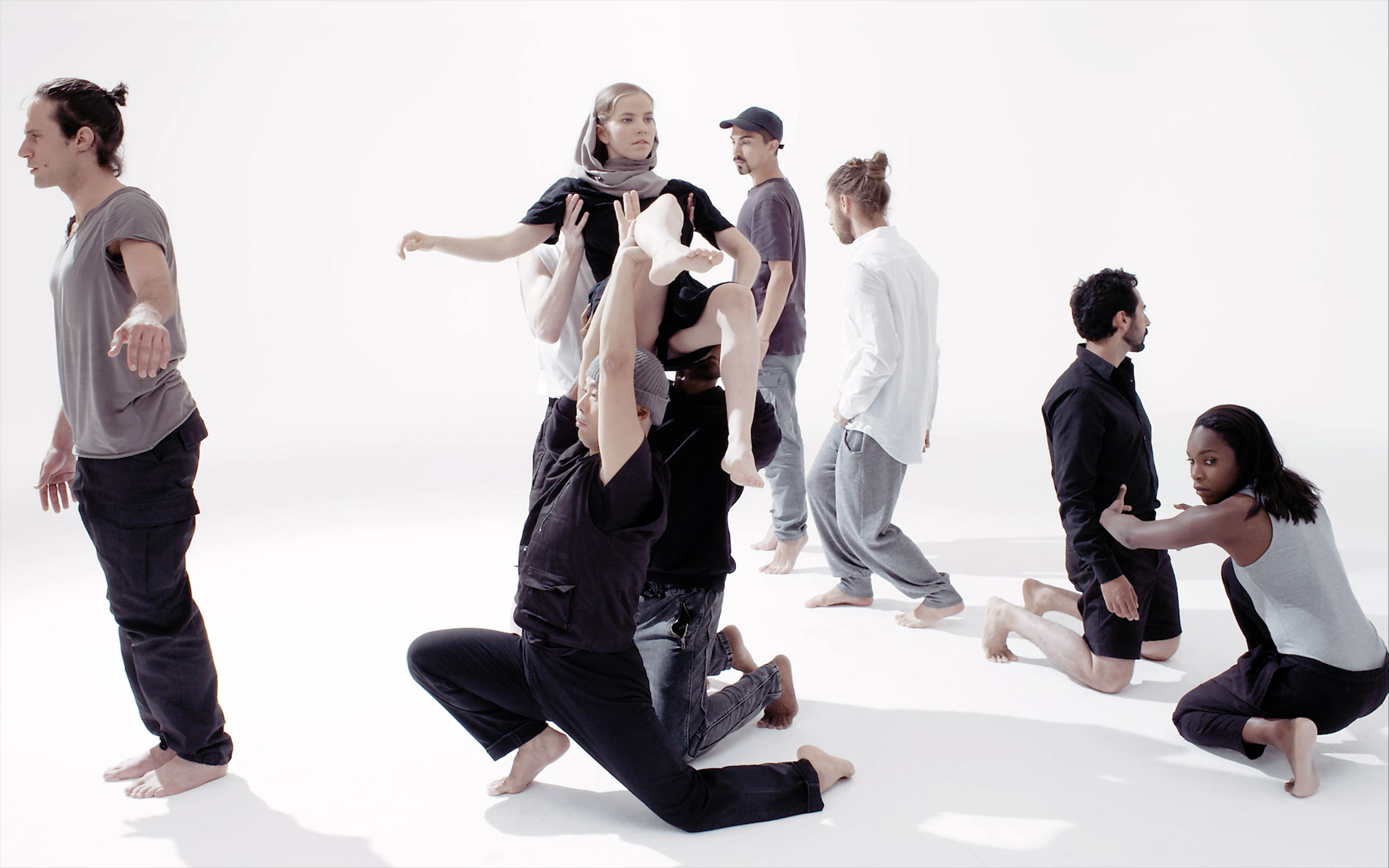Recognized / Not Recognized (a comparative movement analysis of popular and unpopular news images)
2016/2017

The project Recognized / Not Recognized revolves around the question: ‘What features determine ‘successfull’ news photos?’
From a selection of worldwide press agency databases (which include amateur witness photos) I scraped all the news photos in relation to the ten events that received the most coverage in the past five years. This resulted in a database of approx. 850.000 images. By using image recognition software from Google (and some proxies), I determined how many times an individual image exists on the google indexed internet. In other words, the reproduction rate of each image is calculated.
Press photos from a big news event have a wide range of variables but are in a way very uniform - since they are all witness photographs –, therefore my database consists of an ideal set for a cross-sectional study. The analyses of this cross-sectional study finds its way in several visual presentations.
The video installation places a choreography based on successful images in conjunction with a choreography based on unsuccessful images. All original photographs were taken at the same moment, on the same spot and for the same press agency. By juxtaposing these two series of images, as captured by dancers, they form a parallel choreography in which the dancers move from one frozen position into another position. Each pose is an expression of an actual photograph. The sequences loop as a never-ending study in movement on news photography.
From the enormous sea of photographic data, we tend to choose and therefore find those images that suit our eye and affirm the Western compositional tradition we are surrounded by. The google algorythm is already built on the validation of certain presets and stereotypes. At the moment – with a little bit of effort – unsuccessful photos can still be found behind a login wall. However in the future these images would not even be registrered by the camera, and if the camera delivers them than it is very unlikely they can be retrieved. Unsuccesful news images are then being considered as dirty data and are simply wiped from the system.
Two channel video installation, 1920 x 1200px, 2m height. 9 minutes loop
Credits:
Choreography: Marjolein Vogels
Dancers: Madelyn Bullard, Chris Guerematchi, Kenzo Kusuda, Patrick Schmatzer, Ilija Surla, Loris Casalino, Pedro Ines, Peter Clark, Loris Casalino, Cherish Menzo
Light: Geek Zwetsloot
Camera: Susanne Bakker
Sound post-processing: Marlon Wolterink
Coding: Muhammad Atif Ayaz, Emile den Tex
Made possible by: Stimuleringsfonds voor Creatieve Industrie, Museum of the Image, Amsterdam Fonds voor de Kunsten, Digital Methods Initiative - University of Amsterdam.
From a selection of worldwide press agency databases (which include amateur witness photos) I scraped all the news photos in relation to the ten events that received the most coverage in the past five years. This resulted in a database of approx. 850.000 images. By using image recognition software from Google (and some proxies), I determined how many times an individual image exists on the google indexed internet. In other words, the reproduction rate of each image is calculated.
Press photos from a big news event have a wide range of variables but are in a way very uniform - since they are all witness photographs –, therefore my database consists of an ideal set for a cross-sectional study. The analyses of this cross-sectional study finds its way in several visual presentations.
The video installation places a choreography based on successful images in conjunction with a choreography based on unsuccessful images. All original photographs were taken at the same moment, on the same spot and for the same press agency. By juxtaposing these two series of images, as captured by dancers, they form a parallel choreography in which the dancers move from one frozen position into another position. Each pose is an expression of an actual photograph. The sequences loop as a never-ending study in movement on news photography.
From the enormous sea of photographic data, we tend to choose and therefore find those images that suit our eye and affirm the Western compositional tradition we are surrounded by. The google algorythm is already built on the validation of certain presets and stereotypes. At the moment – with a little bit of effort – unsuccessful photos can still be found behind a login wall. However in the future these images would not even be registrered by the camera, and if the camera delivers them than it is very unlikely they can be retrieved. Unsuccesful news images are then being considered as dirty data and are simply wiped from the system.
Two channel video installation, 1920 x 1200px, 2m height. 9 minutes loop
Credits:
Choreography: Marjolein Vogels
Dancers: Madelyn Bullard, Chris Guerematchi, Kenzo Kusuda, Patrick Schmatzer, Ilija Surla, Loris Casalino, Pedro Ines, Peter Clark, Loris Casalino, Cherish Menzo
Light: Geek Zwetsloot
Camera: Susanne Bakker
Sound post-processing: Marlon Wolterink
Coding: Muhammad Atif Ayaz, Emile den Tex
Made possible by: Stimuleringsfonds voor Creatieve Industrie, Museum of the Image, Amsterdam Fonds voor de Kunsten, Digital Methods Initiative - University of Amsterdam.

















Performance at Veem House for Performance
video: Patricia Werneck Ribas
complete video registration available on request
video: Patricia Werneck Ribas
complete video registration available on request